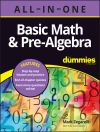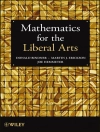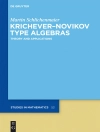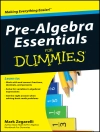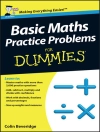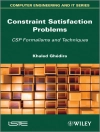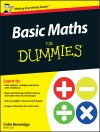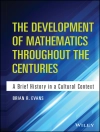Comment Fatou et Julia ont inventé ce que l’on appelle aujourd’hui les ensembles de Julia, avant, pendant et après la première guerre mondiale? L’histoire est racontée, avec ses mathématiques, ses conflits, ses personnalités. Elle est traitée à partir de sources nouvelles, et avec rigueur. On pourra s’y initier à l’itération des fractions rationnelles et à la dynamique complexe (ensembles de Julia, de Mandelbrot, ensembles-limites). Qui étaient Pierre Fatou, Gaston Julia, Paul Montel? On y trouvera en particulier des informations sur un mathématicien mal connu, Pierre Fatou. On découvrira aussi quelques incidences de la blessure reçue par Julia pendant la guerre sur la vie mathématique en France au vingtième siècle.
How did Pierre Fatou and Gaston Julia create what we now call Complex Dynamics, in the context of the early twentieth century and especially of the First World War? The book is based partly on new, unpublished sources.Who were Pierre Fatou, Gaston Julia, Paul Montel? New biographical information is given on the little known mathematician that was Pierre Fatou. How did the serious injury of Julia during WWI influence mathematical life in France?
Tabla de materias
Le Grand Prix, le cadre.- Le Grand Prix des Sciences Math#x00E9;matiques.- Les m#x00E9;moires.- Suites de l#x0027;it#x00E9;ration.- Sur Pierre Fatou.- Cicatrices de l#x2019;histoire #x2014; Une pol#x00E9;mique en 1965.
Sobre el autor
Michèle Audin is professor at Strasbourg (Université Louis Pasteur). She uses to lecture on geometry all university levels, but also happens to teach various topics, such as complex analysis, Galois theory or algebraic topology.
As a researcher, she is a specialist of symplectic geometry, a subject on which she has published research articles and a few books, especially on spinning tops and integrable systems.


